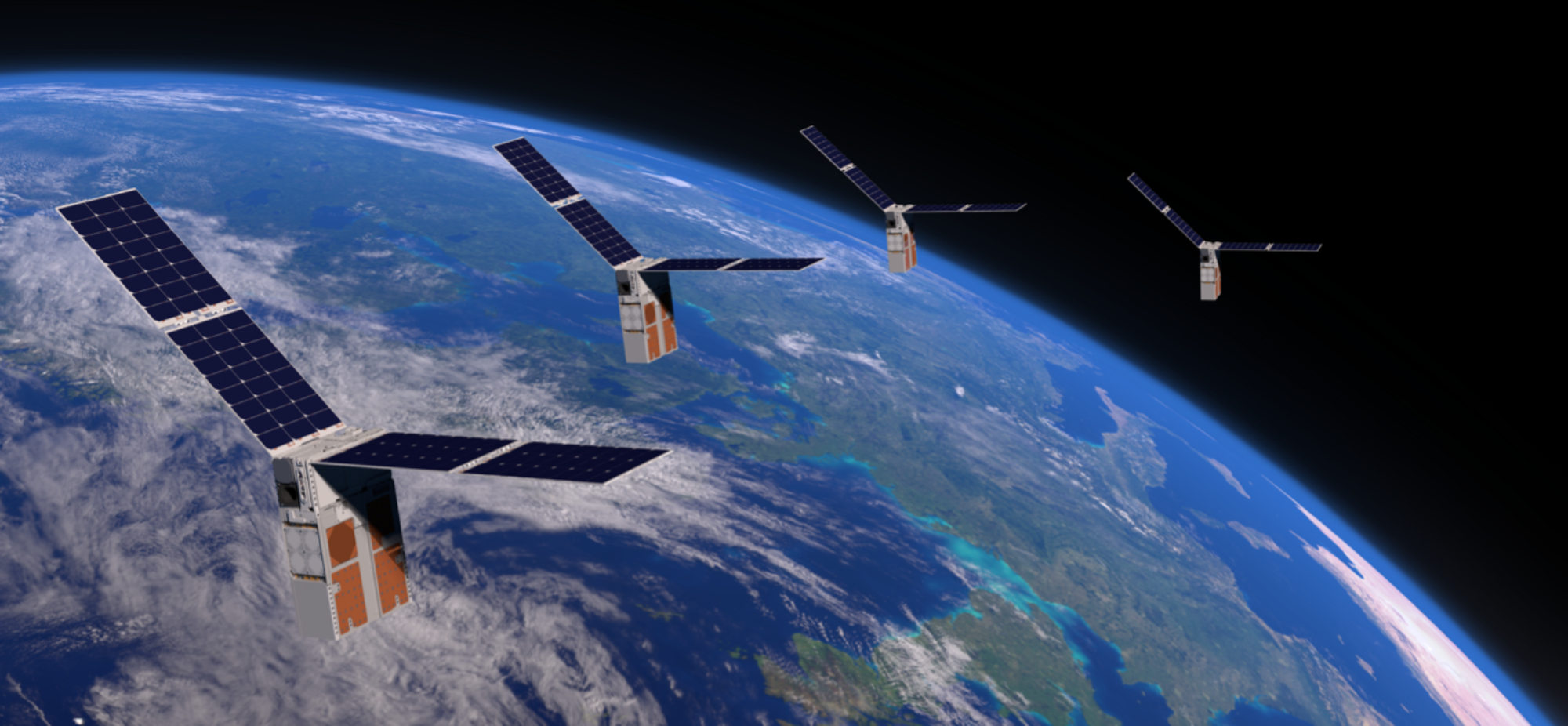The virtual seminar will be held from 12:30 to 2:00 p.m. (E.T.)
Many space systems are dual-natured: some are used for military and non-military (civilian or commercial) functions, and others, even when designed for benign functions can be repurposed to harm other objects. This can make it difficult to establish clear technical boundaries of what space weapons are. This dual nature limits the scope of traditional arms control mechanisms based on hardware and operational restrictions, leading some states to advocate for a behavior-focused approach to regulate space systems and mitigate their potential contribution to the weaponization of outer space. This presentation will explore the distinctions between dual-use and dual-purpose when applied to space systems, their capabilities, how they are utilized, and the intent behind their use. It will highlight how this distinction shapes the perceived feasibility of effective verification and monitoring of space systems and progress in building a space security regime.
About the speaker: Almudena Azcárate Ortega is a space security researcher at the United Nations Institute for Disarmament Research, Geneva. She is a doctoral candidate at the Georgetown University Law Center, Washington DC, from where she holds an LL.M. in National Security Law. She has a law degree from the University of Navarra, Spain. She is the author of the 2023 article Not a Rose by Any Other Name: Dual-Use and Dual-Purpose Space Systems.
